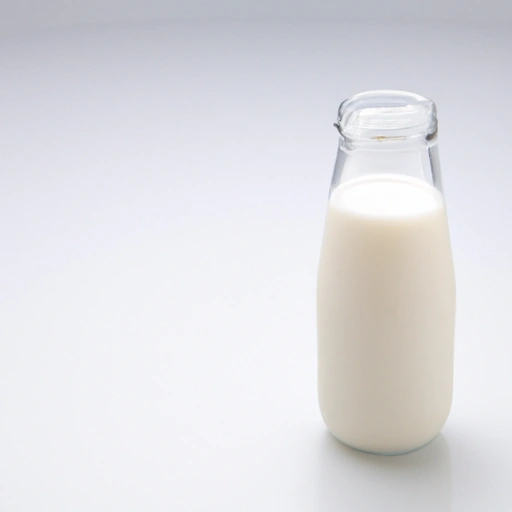Non-Fat Milk
Description

Non-fat milk, also known as skim milk, is a dairy product with all the liquid milkfat removed. It offers the same high-quality protein and vitamins as whole milk but with significantly fewer calories and no saturated fat. This makes it a popular choice for those looking to reduce fat intake without sacrificing important nutrients. Non-fat milk is widely used in various recipes around the world and is measured in different units, including cups (American), milliliters (European), and liang (Asian).
Common uses
Non-fat milk is commonly used as a beverage, added to coffee and tea, mixed into smoothies, and utilized as a base for protein shakes. It is also a frequent ingredient in breakfast cereals, both hot and cold.
Nutritional value
Calories
One cup (8 ounces or approximately 237 milliliters) of non-fat milk contains about 80-90 calories.
Protein
Non-fat milk provides about 8 grams of protein per cup, making it a good source of high-quality protein.
Fat
By definition, non-fat milk contains less than 0.5 grams of fat per cup, effectively making it fat-free.
Carbohydrates
A cup of non-fat milk contains about 12-13 grams of carbohydrates, predominantly in the form of lactose (milk sugar).
Vitamins
It's rich in vitamins, including vitamin D, vitamin A, and some B vitamins, particularly B12 and riboflavin.
Minerals
Non-fat milk is a good source of minerals such as calcium, phosphorus, and potassium.
Health benefits
Consuming non-fat milk can contribute to bone health due to its high calcium and vitamin D content. It also supports muscle maintenance and repair through its protein content, and the presence of B vitamins aids in metabolism and energy production. Additionally, it may help with weight management due to its low-calorie profile compared to whole milk.
Potential risks
Some individuals may be lactose intolerant or have a milk allergy, in which case non-fat milk could cause digestive issues or allergic reactions. Moreover, the lack of fat may reduce the feeling of fullness, potentially leading to increased consumption.
Common recipes
Non-fat milk can be found in a variety of recipes, from baked goods like cakes and cookies to creamy soups, sauces, and custards. It is also used in the preparation of homemade yogurt, pancakes, and various types of dough.
Cooking methods
It can be used in recipes that require boiling, simmering, or blending. In baking, it's often a direct substitution for whole milk or cream to reduce fat content.
Pairing with other ingredients
Non-fat milk pairs well with sweet and savory dishes alike, complementing ingredients such as fruits, cereals, coffee, and tea, as well as enriching soups and sauces without adding extra fat.
Summary
Non-fat milk is a versatile, low-fat dairy product rich in essential nutrients. It is suitable for use in a wide range of culinary applications and offers health benefits associated with a lower fat diet. While it's a great option for many, those with specific dietary restrictions should approach its consumption with caution.